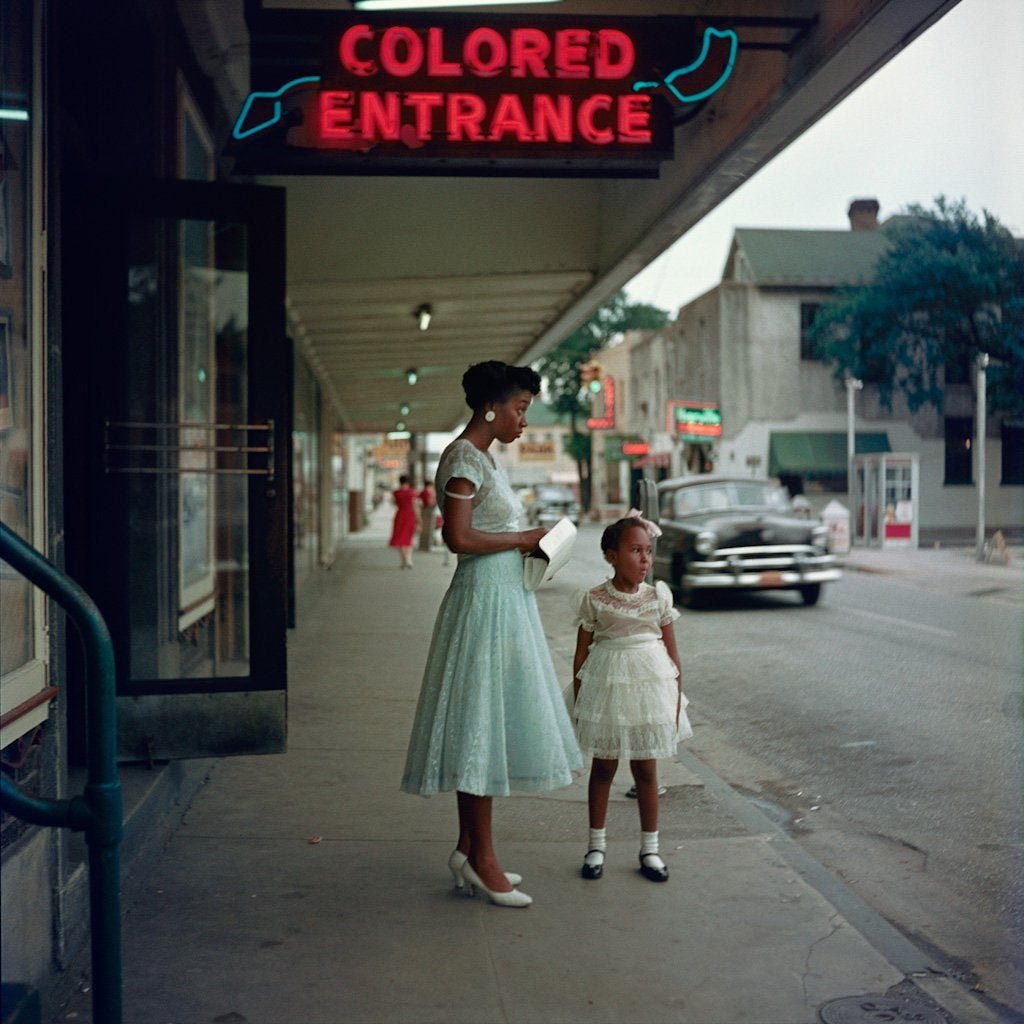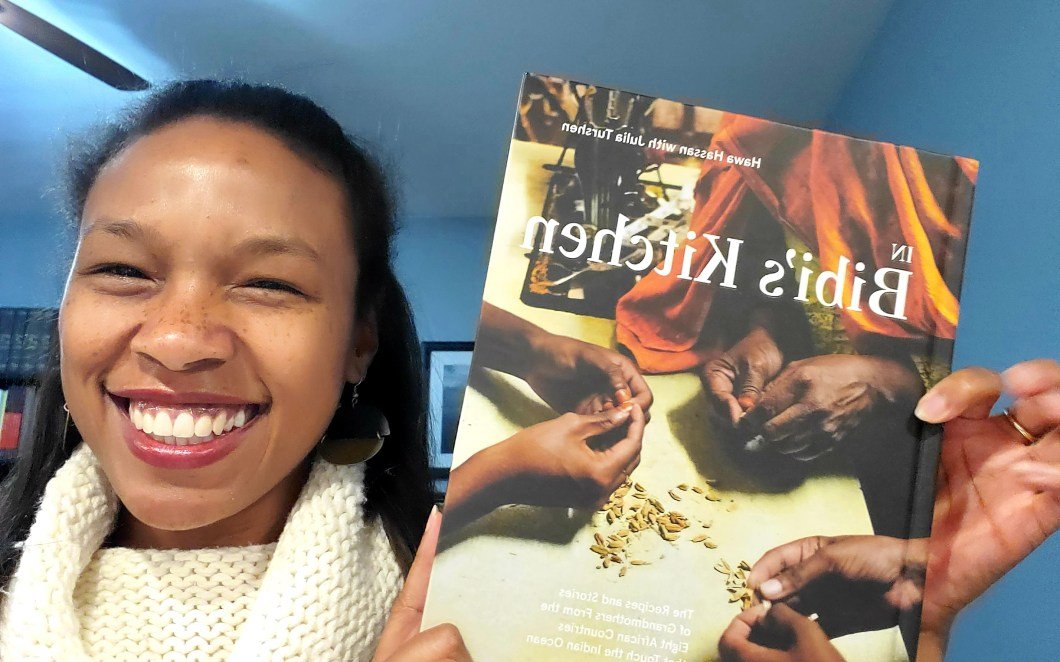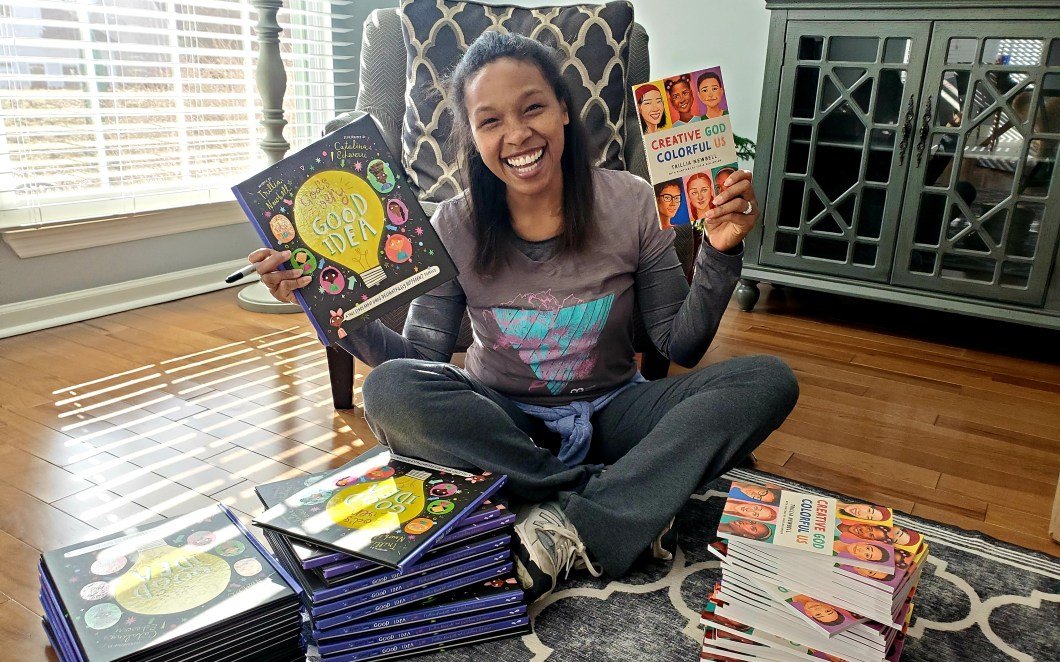The Black Man’s Stereotype and a Jim Crow Photo
Mobile, Ala, 1956, Joanne Wilson and niece at a theater (New York Times, photo by Gordon Parks)
What I am about to write is more like a note to a friend than it is a fully developed article or post. I wanted to quickly highlight something I saw in a New York Timesarticle about the lady in a Jim Crow photo.
The photographer, Gordon Parks, was working on a Life photo essay about the everyday life of African Americans in the rural South. One of his most famous photos was taken of Joanne Wilson with her niece, capturing the dignity of the people and also the stark reality of the divided south. Wilson’s picture did not make it into the essay but pictures of her family did, and they paid a great price.
The article explains:
White supremacists understood the power of the camera to expose their violent prejudices and turn the nation against them. As Mr. Parks recalled later, the risk of retaliation for participating in the Life story was great, both for the photographer and for his subjects. But neither he nor Mrs. Wilson would be intimidated.
“My family saw the photo essay as an opportunity to advance the cause of civil rights,” said Michael Wilson, Mrs. Wilson’s son and the family historian. “These pictures were going to be published in a national magazine. People across the country would clearly see the problem. They could see our plight. Maybe then we could get help.”
And finally:
Mrs. Wilson, who was not featured in the final photo essay, survived its publication relatively unscathed. Her sister and brother in-law, Allie Lee Causey and Willie Causey, were less fortunate. Mrs. Causey, a teacher in a ramshackle one-room schoolhouse in Shady Grove, Ala., was quoted in the piece as advocating integration as “the only way through which Negroes will receive justice.” One of the most outspoken members of the Thornton family, she helped to organize voter drives and teach community members the Bill of Rights, the recital of which from memory was a prerequisite for African-Americans to vote in many Southern states.
As Life later reported, Mrs. Causey’s candor and activism infuriated white supremacists, who taunted the couple about their participation in the photo essay. Service stations refused to sell gas to Mr. Causey, a woodcutter and farmer. He was soon accused of owing money on his truck, which was seized by alleged creditors. Without it, he was unable to work. Two weeks after the photo essay was published, Mrs. Causey was fired from her teaching job. Unable to make a living and fearing for their safety, the couple moved out of Alabama.
Mrs. Causey, who died in 2006, never taught again.
There’s a stereotype that black men are lazy, angry, and mostly incarcerated. What should have been a simple photo essay highlighting the truth of life in the south during the Jim Crow era turned into a family being terrorized and run out of a state. A state. I wanted to highlight what happened to this family because in our attempts to explain the apparent absence of black men in families, we forget the tough history a short 50 years ago that they have had to overcome. My father one of them. These incidences wouldn’t have only affected their immediate family but changed the course of their entire life.
Like I wrote above, this deserves more thought and words, but I thought it was worth a quick highlight. I’m grateful for the photojournalist who captured pictures of this era. It is said, a picture is worth a thousand words, and in the case of this family: jobs, cars, livelihood, and home.
RELATED CONTENT











Trillia Newbell and Dr. Danny Huerta discuss the value of our celebrating racial and cultural diversity as an expression of God’s calling upon us to share His message of love and reconciliation through Christ to people of every nation, tribe, and language, and offer parents practical guidance for celebrating as a family.l begins with an idea.